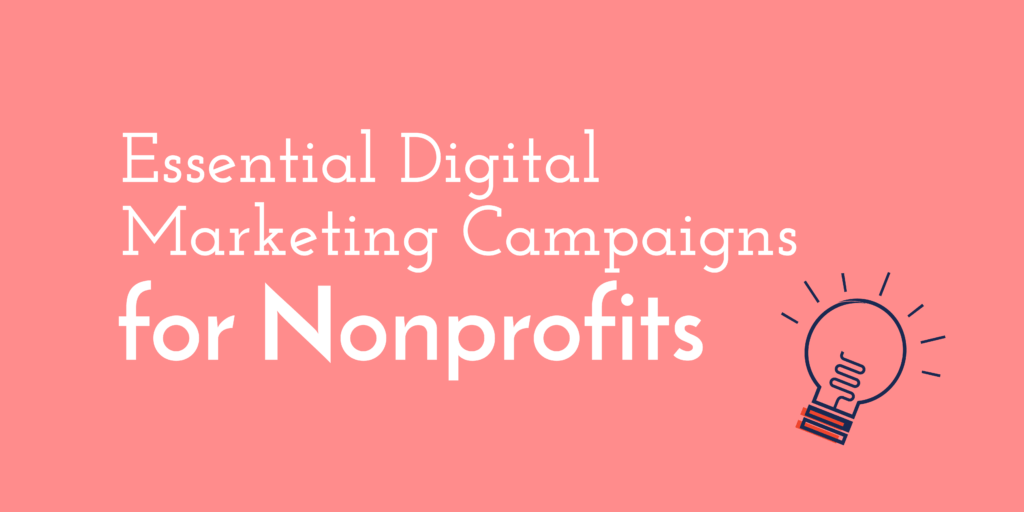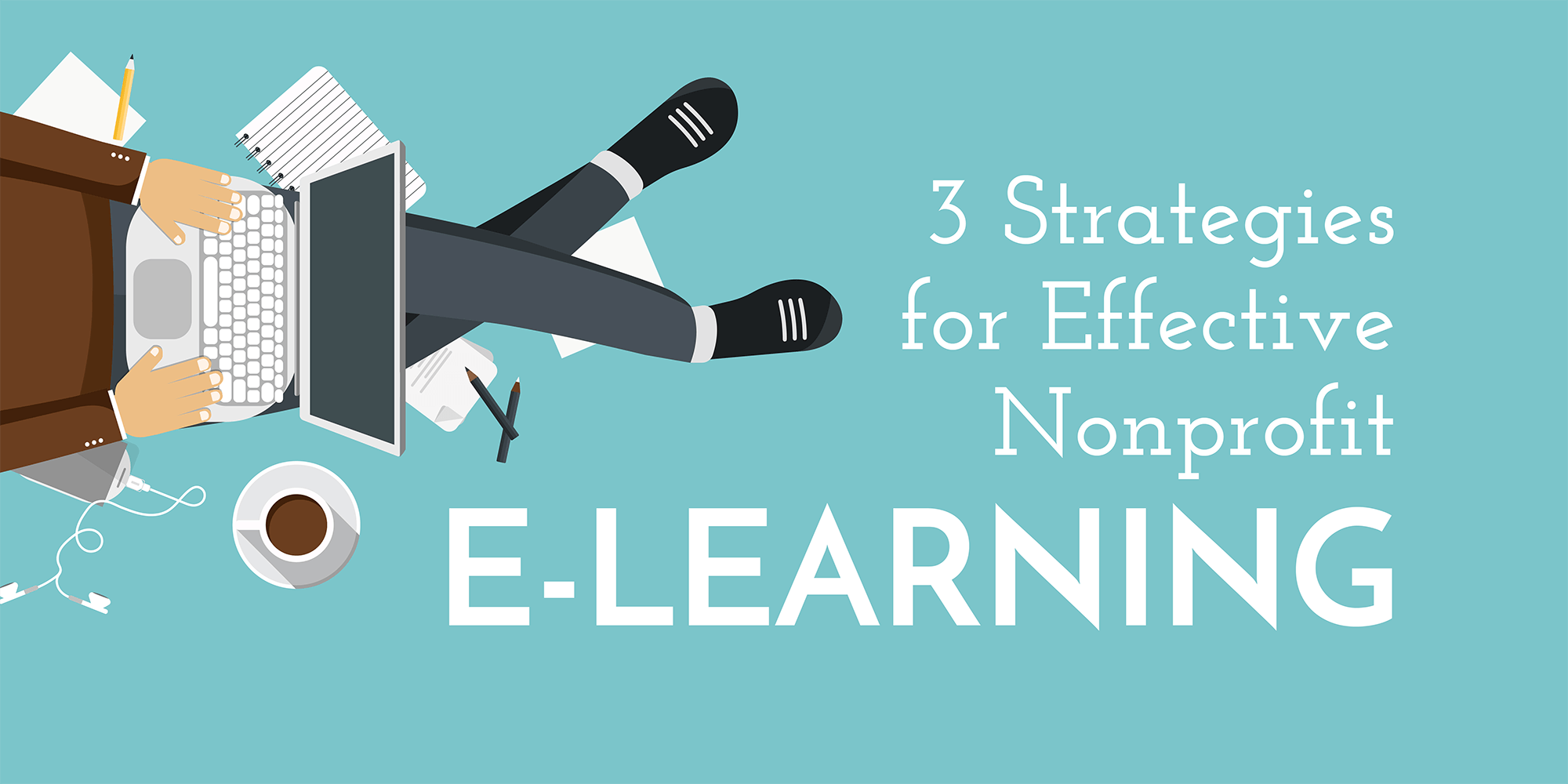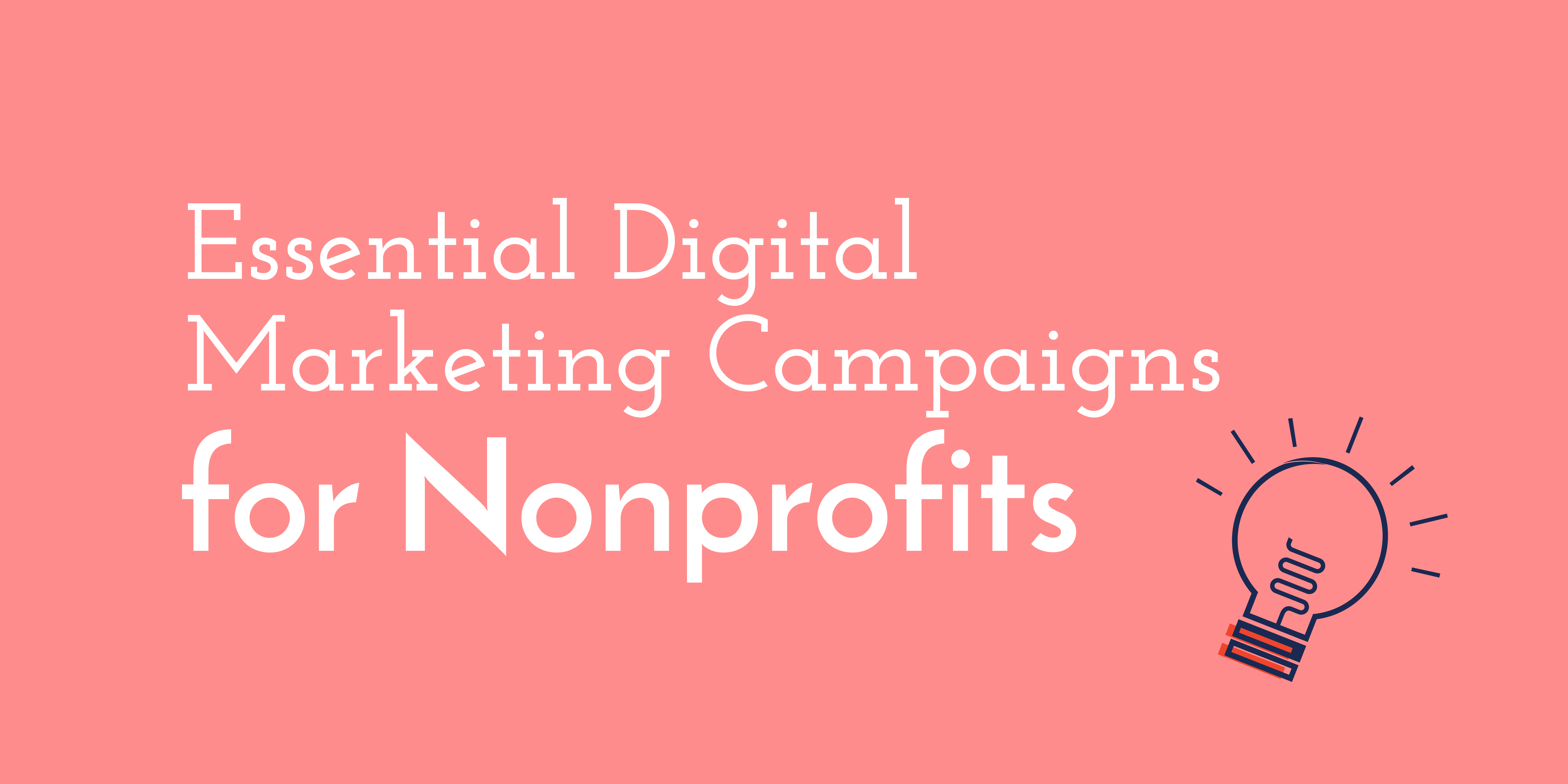
Essential Digital Marketing Campaigns for Nonprofits
In the United States, there are over 1.5 million nonprofits registered with the IRS. As with all other organizations, having a website is crucial for nonprofits: it gives them a place to organize and run nonprofit campaigns, promote their work, and find new volunteers.
Yet running nonprofit websites is a difficult skill. Unlike in the corporate world, there are no large budgets to play with and, thus, fewer opportunities for you to take advantage of.
Yet this doesn’t mean that nonprofit websites don’t have a hope when it comes to SEO optimization and digital marketing. They just need to be a little creative and we’re here to show them which digital strategies for nonprofits are worth it.
Ready to learn more? Then please, keep reading!
Creating a Great Website
The very first step towards successful nonprofit campaigns is having a great website. If you don’t have a website, creating one is of vital importance. Without a website, you can’t put any digital marketing strategies into play: making a beautiful WordPress site for nonprofits will help you a great deal.
Designing a website isn’t for everyone and we’d recommend that you seek out professionals to help you make a website that speaks for your nonprofit. Take a look at our portfolio to see some examples of well-made nonprofit websites.
Key Components of Nonprofit Websites
Your website needs to make your mission obvious: show what you’re striving for and previous work that your nonprofit has done. This should be front and center to inspire visitors to your site and help them learn more about you.
We would also recommend having a section dedicated to your blog, to donations, and to volunteering. Using your website to get more volunteers is a massive boon for any nonprofit as they can also help to run your website.
Technical Aspects
Web design SEO best practices need to be followed when you’re making nonprofit websites as much as they do for a business’ website. For instance, your website should be designed with both desktop and mobile users in mind: if you have a bad mobile website, Google will not rank you as highly in search results. This is due to Google’s recent mobile-first indexing strategy.
Your website also needs to be fast and responsive: if it isn’t, visitors may get frustrated with your site and leave before going to any other pages on your site, which is also bad for your SEO. There are three key strategies that you can use to make your website responsive:
- Use a lightweight theme for your website rather than running a lot of different scripts
- Compress your images to make load times faster
- Use dedicated web hosting rather than shared hosting
Use Content as a Cornerstone of Your Nonprofit Campaigns
Content is king is a marketing saying as old as the hills but it’s very true. Using content on your website effectively can massively help you and is a cornerstone of SEO for nonprofits. This is because while it’s slower to get results with this than pay-per-click ads, it’s very cheap and can also help you develop a big following.
You can even ask for volunteers to help write your blog, which will go a long way to reducing the costs of these nonprofit campaigns.
Optimize Your Content
Of course, putting up any old thing on your website isn’t going to help bring eyes to your website. It needs to be relevant, interesting, authoritative, and shareable. This will also help with your social media strategy.
While your budget is low, you should invest in a keyword research tool like SEMRush, Ahrefs, or Google Keyword Planner. This will let you see which keywords you need to include in your blog posts to attract the most attention and improve your website’s ranking.
You could also take advantage of local SEO if your mission focuses on a local area. For instance, writing about local news and events and putting your own organization’s spin on them.
You should add excellent images to your content, too. While a great image may not be worth precisely 1000 words, they do go a long way to getting clicks and also make for great thumbnails when people share your content.
Social Media Strategy for Nonprofits
Content marketing is one low-cost marketing option for nonprofits but it’s far from the only one: social media marketing is another great opportunity that nonprofits need to take advantage of. Open up accounts for your nonprofit on Facebook, Twitter, Instagram, and any other popular social media services.
You don’t need to pay for ads: you’re going to use the power of your mission and the quality of your content to your advantage. Publish regular posts and link to the content on your blog: this will get you additional visitors to your website as well, which will give your site’s ranking a boost.
Create posts that are relatable or interesting: this will result in shareable posts that are effectively free marketing. Every person who shares your posts can get more eyes on your site and so on. If you’re lucky, a post may end up going viral.
Make Donating Easy
The end result of your campaigns should be to get donations for your organization. To aid this, make donating easy and encourage it.
You should have a nonprofit account set up with Paypal or another popular payment provider. This will make donating easy for those who wish to do so.
To encourage donations, end your content with a call-to-action that urges people to donate to help your cause. Adding this one small feature to your posts may well help to garner more donations.
How We Can Help You
All of the nonprofit campaigns that we’ve listed need a website as a starting point. We’re experts on creating websites for nonprofit companies and running SEO and SEM campaigns for them. We’ll be happy to help you.
For more information about our rates and services, take a look around our site and get in contact with us!



